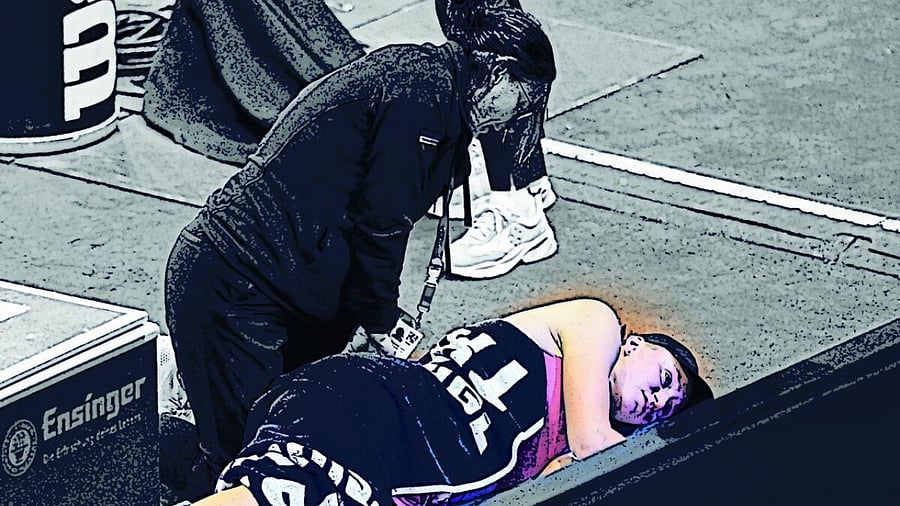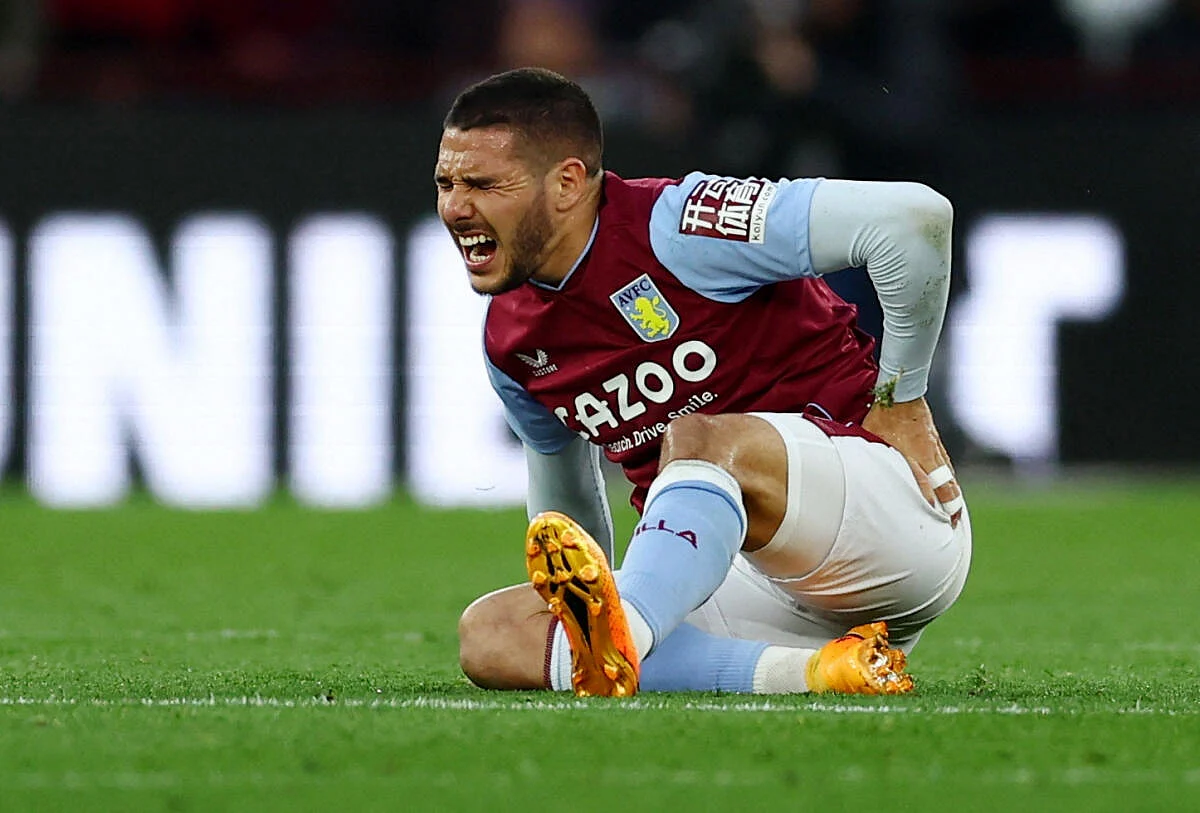

A pandemic of premature professionalism has gone unchecked for over a decade and the movement instigated by ambitious parents and overzealous purveyors of sport has resulted in a generation of athletes prone to physical and mental breakdowns.
For years now, sports academicians have issued tedious thesis papers on the demerits of early specialisation, and yet the trend has continued unabated.
A common misconception is that should a child be pushed into a single sport during their formative years, there is more time to achieve success and possibly acquire a career in that particular sport.
What those in favour of the stance didn’t consider were the detrimental effects, chief of which was injuries related to overuse of the same set of muscles over a longer period of time than specialising after the age of 10-11 years.
While the effects were not particularly stark at first, in fact, there have been some instances of success as a result, a generation of athletes at the forefront of this single-sport movement is now suffering.
Dr Bhushan Sabnis, a noted sports injury specialist and joint preservation surgeon, recently indicated that there has been a 500 per cent spike in knee and ankle injuries among footballers and cricketers in the last decade.
In the column, he built on the findings from the 2017 research headed by Jacqueline Pasulka (a paediatrician in Glenview, Illinois) among others, to explain how early specialisation is harmful at a physical and emotional level. “…injuries among athletes under the age of 18 have increased. It is simple to advise a young athlete to participate in numerous activities for prevention. But putting it into practice could be challenging,” he said.
To summarise, almost all research points in favour of a multi-sport upbringing.
“If you look at cricketers in the past,” starts Ramji Srinivasan, the former strength and conditioning coach of the Indian cricket team. “… they all played other sports at an early age before choosing to play cricket. (MS) Dhoni used to play football while (Rahul) Dravid, who also dabbled in hockey, specialised in cricket later. Sure, there were people like Sachin (Tendulkar) who were earmarked for cricket at an early age and there are others like that but those are anomalies.
“As a norm, the more versatile children are in the sports they play at an early age, the more likely they are to be good at their specialised sport later on in their life,” he adds.
Explaining the connection, Srinivasan says it relates to neural pathways and their gradual evolution in young children. “When you start focussing on, say cricket, early on, the neural pathways only grow in one direction, meaning muscle growth and bone growth and so on is affected in the process,” he says.
“But if you play more sports, the pathways are diverse and more versatile, meaning their development is more rounded, and it also means lesser injuries as they get older.”
Srinivasan explains why and how so many cricketers in world cricket, especially in the ongoing Indian Premier League, have been getting injured by citing early specialisation as the chief cause, but also says mismanagement of athletes has been the culprit.
Another factor to remember is that a 2017 paper headed by Neeru A Jayanthi found that young girls are ‘more likely to be impacted by overuse and traumatic injuries compared to boys’.
“Here (India) you have children going into the sport at a very young age because they don’t have access to a multi-sport environment,” said Rushdie Warley, the CEO of JSW Group’s Inspire Institute of Sport in a recent interview. “Specialising in a sport at a very young age which scientifically you will see that the likelihood of success going that route isn’t very high, especially in sports like athletics, swimming, boxing and weightlifting.
"I don’t think there are enough opportunities for kids to play sports in India whereas if you go to New Zealand, Australia or South Africa, kids are playing sport for the sake of it, and out of that comes performance.”
Irfan Sait who runs one of the most popular cricket academies in the country (the Karnataka Institute of Cricket), says children in his camp join by the age of 5, but insists that the trainers don’t force them to play cricket at that age.
“I agree that early specialisation is not good, which is why it’s just fun and frolic at that age, we barely talk technique and so on,” he says. “We play a lot of other games with these kids, but around 8-9, and if they seem like they want to get serious about it, we start talking about, say the usefulness of the straight bat and angles and so on.”
A particularly interesting point Sait brings up is the effect overbearing parents has on their kids at that age. “The kids just want to have fun, but the parents live vicariously through them, forcing them to play,” he says. “I don’t recall ever seeing (R) Samarth’s parents at the camp. Robin’s (Uthappa) parents barely came here. I have heard the same about Dravid and the others from that generation.
“Basically, the parents trusted the coaches and didn’t pressure their kids. In return, the kids, who can be performative with their parents around, are not (in their absence). They just play the sport, and they are usually the ones that are successful.”
Another topic which comes up in conversation with Ramji regarding stress-related injuries is the efficacy of workload management.
Over the last five years, workload management has been the go-to module for ensuring longevity among athletes, young and old. But research from the same period has shown that it isn’t as effective as it is made out to be.
A 2020 paper headed by Franco M Impelzzeri in the Human Kinetics Journal concludes: “There is no evidence supporting the use of ACWR (Acute Chronic Workload Ratio) in training-load-management systems or for training recommendations aimed at reducing injury risk. The statistical properties of the ratio make the ACWR an inaccurate metric and complicate its interpretation for practical applications. In addition, it adds noise and creates statistical artefacts.”
Srinivasan insists that the problem with workload management is that players are getting far too much time away from the sport, thereby increasing the chances of injury upon return.
“I think workload management is important, but that’s only so when it’s done in a scientific way and done with the athlete in mind,” he explains. “I don’t think it is scientific enough at this point. People in the past played a lot of cricket, a lot, and yet they weren’t nearly as many injuries. Yes, three formats and faster and so on, but the truth is they knew how to handle their bodies better.”
As things stand, a lot isn’t right when it comes to athletic training. Sure, there is exponential growth in the monetisation of sports, and records are being broken, but at what cost? Is the well-being of current athletes being considered? More importantly, are our future athletes being protected?
